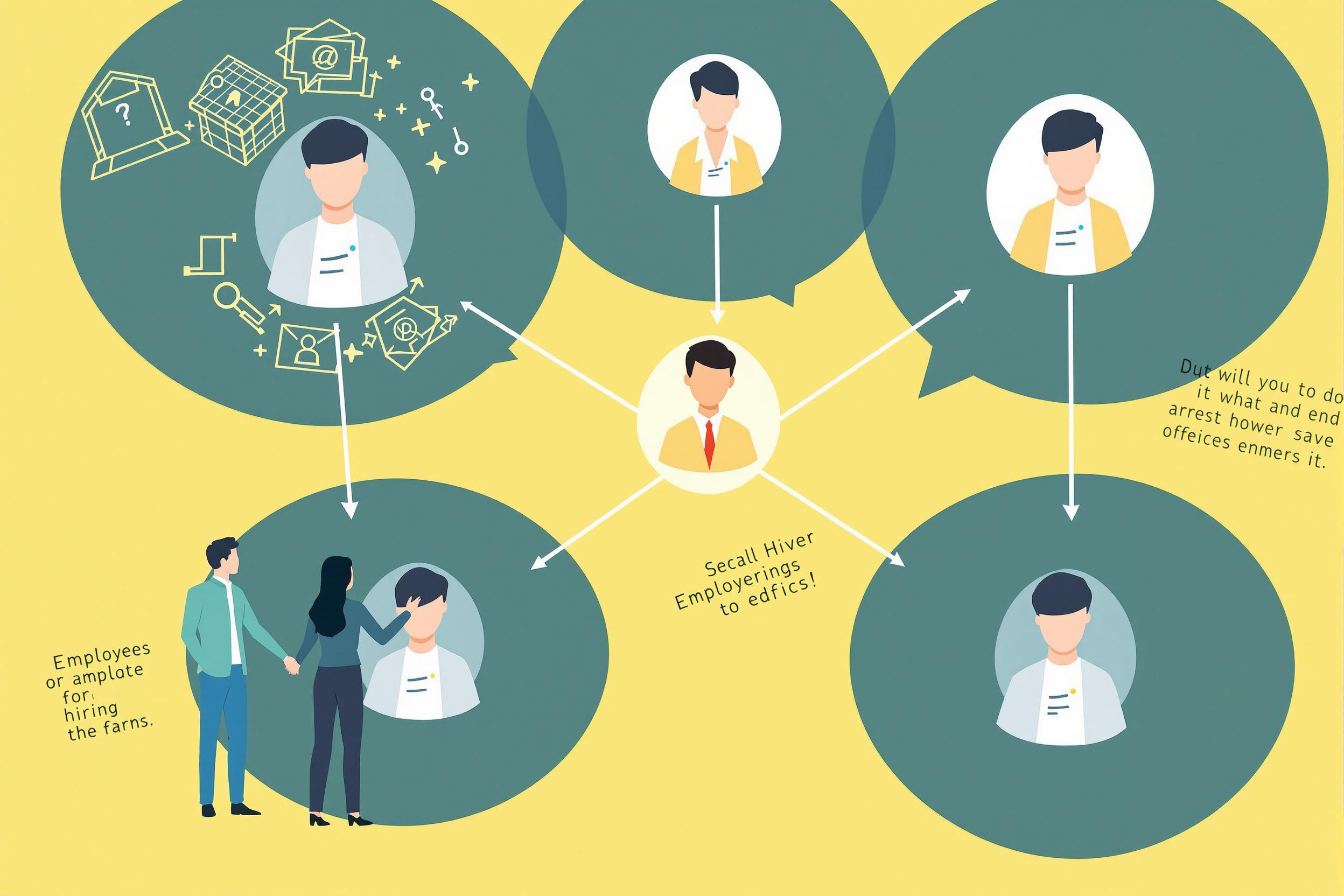
Print Location
A Print Location refers to the specific area on a product (like t-shirts, mugs, or bags) where a design or artwork will be printed. In the print-on-demand industry, this is a crucial concept because it helps determine how a final product will look and what printing method should be used. Think of it like a designated spot on an item where the design will go - similar to how a picture frame shows exactly where a photo should be placed. Print-on-demand companies use these locations to ensure consistent product quality and to help customers visualize how their designs will appear on different items.
Examples in Resumes
Created standardized templates for common Print Location placements on apparel products
Optimized Print Location specifications for various product types, improving print quality by 30%
Managed quality control for Print Location accuracy across multiple product lines
Developed guidelines for Print Location measurements and Print Position standards
Typical job title: "Print Production Specialists"
Also try searching for:
Where to Find Print Production Specialists
Online Communities
Professional Networks
Industry Resources
Example Interview Questions
Senior Level Questions
Q: How would you handle conflicting print location requirements from different clients on the same product type?
Expected Answer: A strong answer should discuss experience in creating standardized solutions, negotiating with clients, and developing clear guidelines that balance client needs with production capabilities while maintaining quality standards.
Q: Describe a time when you improved print location accuracy across multiple product lines.
Expected Answer: Look for answers that demonstrate leadership in implementing quality control systems, training staff, and creating standard operating procedures for consistent print placement.
Mid Level Questions
Q: What factors do you consider when determining optimal print locations for new products?
Expected Answer: Candidate should mention product material, size constraints, printing equipment capabilities, customer preferences, and industry standards for similar items.
Q: How do you ensure consistent print location quality across large production runs?
Expected Answer: Should discuss quality control processes, measurement tools, template usage, and methods for maintaining consistency throughout production.
Junior Level Questions
Q: What tools do you use to measure and mark print locations?
Expected Answer: Should be familiar with basic measurement tools, alignment guides, and standard templates used in the industry for marking print locations.
Q: How do you verify if a print location is correct before production?
Expected Answer: Should mention checking specifications, using templates, measuring placement, and getting approval from supervisors when needed.
Experience Level Indicators
Junior (0-2 years)
- Basic measurement and alignment techniques
- Understanding of standard print locations
- Template usage
- Basic quality control checks
Mid (2-5 years)
- Advanced template creation
- Multiple product type expertise
- Quality control management
- Production process optimization
Senior (5+ years)
- Print location standardization
- Team training and supervision
- Process improvement implementation
- Complex product line management
Red Flags to Watch For
- Unable to demonstrate basic measurement skills
- No knowledge of standard print locations for common products
- Lack of attention to detail in placement accuracy
- No experience with quality control processes
- Unfamiliarity with different printing methods and their location requirements
Need more hiring wisdom? Check these out...

Speak Their Language: How Localized Job Descriptions Unlock Regional Talent

Tiny Neighborhoods, Huge Impact: The Surprising Power of Hyper-Local SEO in Your Hiring Game

The Secret Weapon in Your Office: How Employee Referrals Transform Hiring

